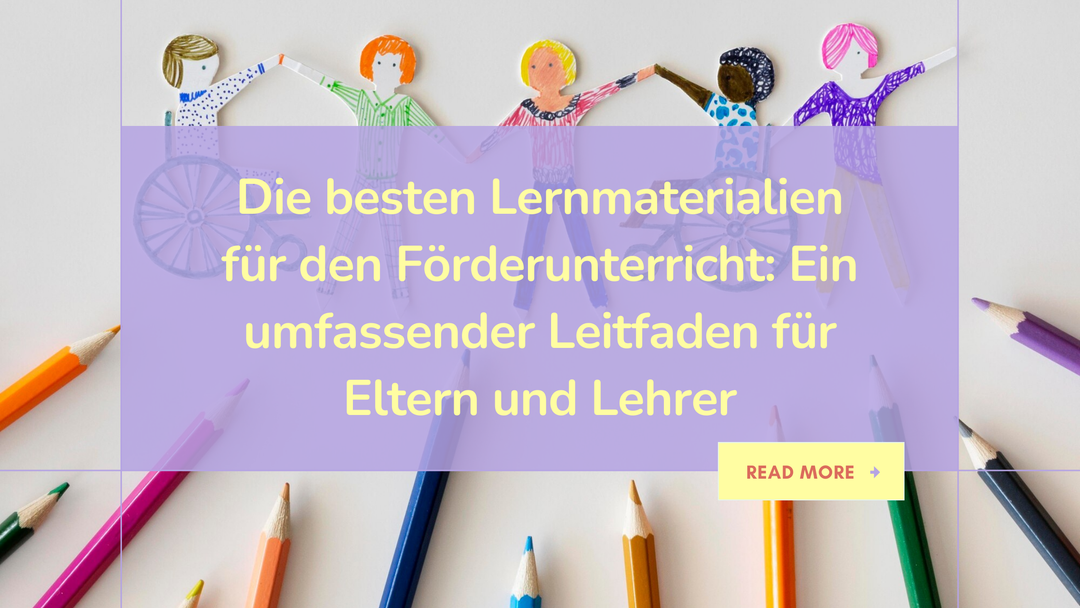Learning shapes - the basis for our modern everyday life
The ability to recognize and assign shapes is the elementary basis for our children to find their way around our world. Objects can be categorized through the shape. What looks like a car is very likely to be a car. A circle is a circle whether it is 5 meters or 5 millimeters. Acuh Numbers and letters are ultimately only forms, regardless of the type, style or typeface they were written in.
If we couldn't assign shapes, it would be almost impossible for us to name things. With every change in size or the slightest deviation from the known shape, we would have to learn again and again which term is assigned. Recognizing and classifying shapes is the basis for learning to read, for example, or distinguishing numbers.
How does learning to shape work?
From around kindergarten onwards, our youngsters begin to grapple with the subject of shapes. First of all, children differentiate between very simple basic shapes, circles, squares and triangles. With increasing age, the shapes become more and more complex. The better a child can do this, the easier it is to learn to read later, for example.
You can provide your child with useful support in this process of learning shapes. For example with one of the cute wooden puzzles from Natureich. If bear, Ladybug or automobile is left to personal preference.
By the way, children learn shapes all by themselves if they have the right play material. Wooden blocks are ideal for this. As the children play with the colorful blocks, they notice the difference and they form categories in their brains on their own.










Leave a comment